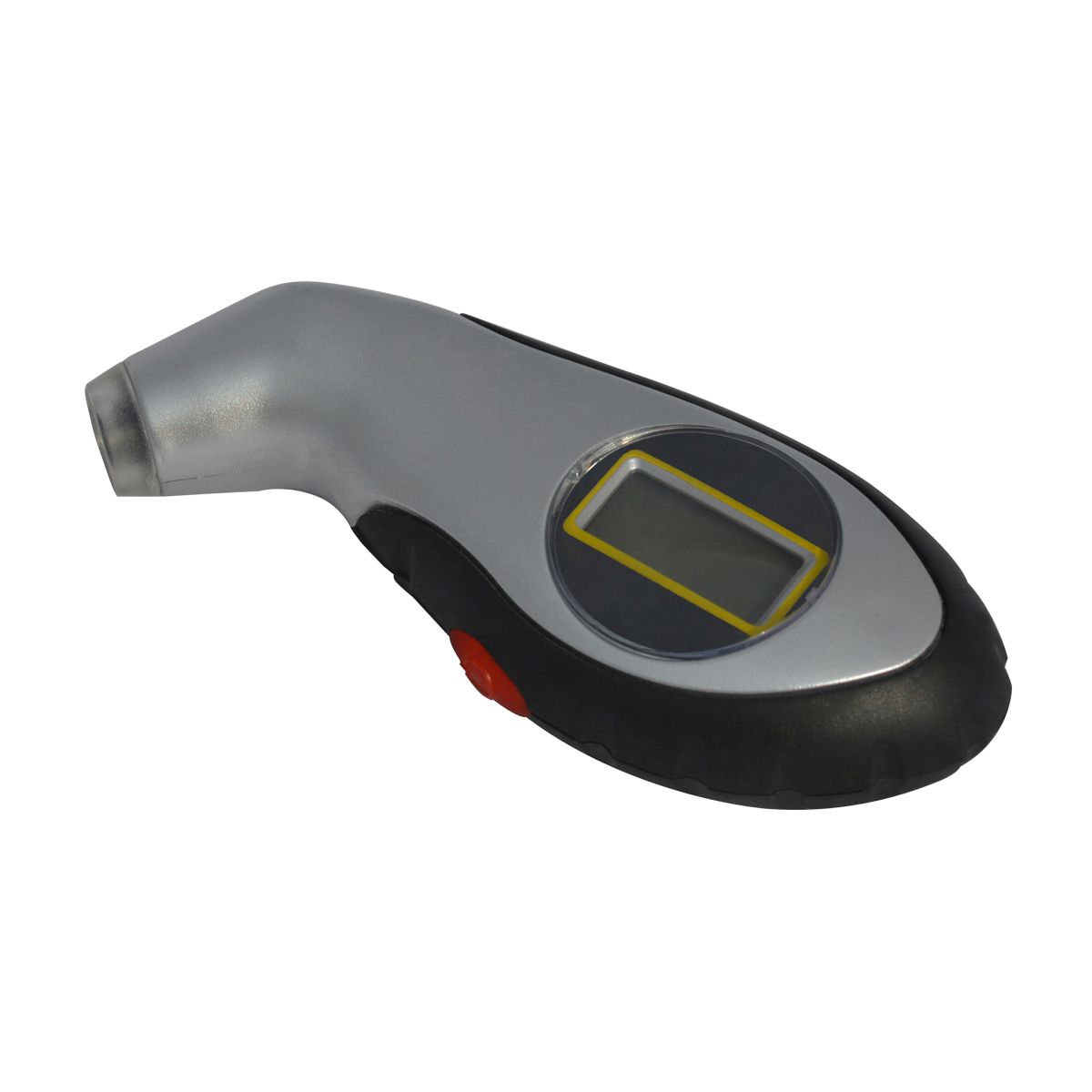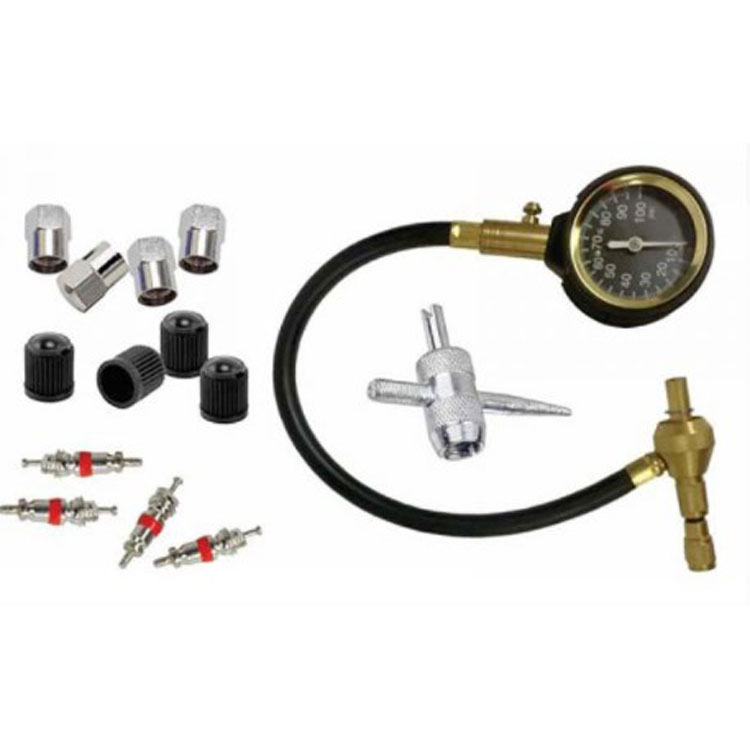Air Compressors & Tyre Deflators
Author: Bundy Outdoors Date Posted:12 August 2021
AIR COMPRESSORS

Since air compressors like most things come in all shapes and sizes, and prices vary accordingly, so it’s best to have a think about what you are going to use it for, and how often you might use it. They are relatively simple to use, and you don’t need to be a mechanic or have a lot of mechanical knowledge to use one.
If you do have a 4x4 and head off road regularly, you’d be crazy not to have a good recovery kit, air compressor, tyre deflators and gauges at the ready, because things can and will go wrong, especially when you aren’t ready for it.
Air compressors can run directly from your battery or plug directly into a cigarette lighter and to get the most economy out of your car and the most life out of your tyres its best to have them properly inflated and an air compressor and tyre gauge can help you do this.
If your tyres are over-inflated your ride can be rough, and your tyres can round out on the tread section which reduces their life. When you drive on under-inflated tyres, it can be dangers, because the tyres of overheat and wear out prematurely or blow out and they can also roll off the rim if they are extremely low. Low tyre pressures can also affect the handling and steering of your car, especially if it’s a front-wheel-drive.
So stay safe and keep an eye on your tyres. Keep reading for more info on Tyre Deflators
TYRE DEFLATORS
Sticks
A stick can be used to deflate your tyres if you are in a sticky situation. But ideally shouldn't be used as a general deflation method.
Why? Because you have no idea what PSI you are deflating to. You could easily deflate too much or not enough based on how hard you press on the tyre valve, and if you deflate too far, and you don't have a compressor handy this could cause even more issues.
Screw on Automatic Tyre Deflators
The screw on tyre deflators is great, in essence you "set" them to deflate to your desired PSI automatically. Typically sold in a set of 4 you can screw them on to your tyres, walk away and come back with all four tyres perfectly deflated. Auto tyre deflators like these provide ease of use but are only the perfect solution if you are only travelling over the one type of terrain where you use the same PSI all the time.
Why? Because a screw on automatic tyre deflator can be set to your desired PSI, but what if you need more or less? For example, not all sand driving is the same. if you are driving on wet sand, you might need more PSI which gives you less surface area than driving on soft sand dunes where you need more of your tyre surface area in contact with the sand. And some of the screw in deflators are a bit of a hassle to set and reset. Also, a tyre pressure gauge might be needed just to check that all tyres are at the desired PSI. Some screw on deflators can jostle around in storage and their settings can change slightly – which can be a bit of a pain or problem depending on your situation.
As an extra tidbit, if you are a driver that prefers different PSI on the front to the back, be sure to use the correct deflator on the correct tyres.
Rapid Tyre Deflator
For frequent off-roaders a Rapid Tyre Deflator might be you best option. Rapid Tyre Deflators are easy to use, easy to read and offer the most versatility when it comes to different tyre deflation levels for different terrains. An analogue version will also never need charging or batteries. They do take up a little more space and unfortunately you will need to deflate one tyre at a time, but as the name suggests, you can go from 30 or 40PSI to 15PSI in only a few seconds (sometimes under a minute) with great accuracy.
So, which one is best? Well that all depends on how and where you are using your vehicle, and how much space you have. And it can be a horses for courses situation. Digital ones might be the ideal option, but do they require batteries or charging? Screw on ones are great if you are only travelling over one type of terrain and prefer a set PSI at all times, rapid tyre deflators are awesome, but can only deflate one tyre at a time. By far, the rapid tyre deflators offer the most accuracy, versatility and speed options.
